Stakeholder Mastery 3.0 – The Six Steps You Must Take
Jermaine Edwards
NOVEMBER 25, 2021
In 2016 I wrote a post on the five foundation steps for stakeholder management success in key account management, that was well received and guided lots of leaders. Our contacts and stakeholders just aren’t making decisions – How do we deal with their disengagement and getting pushed back and back while they still expect more from us?


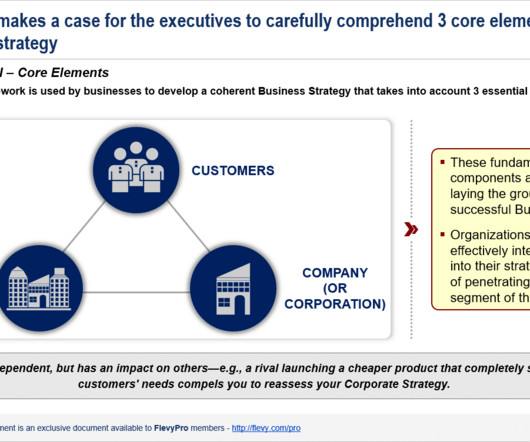

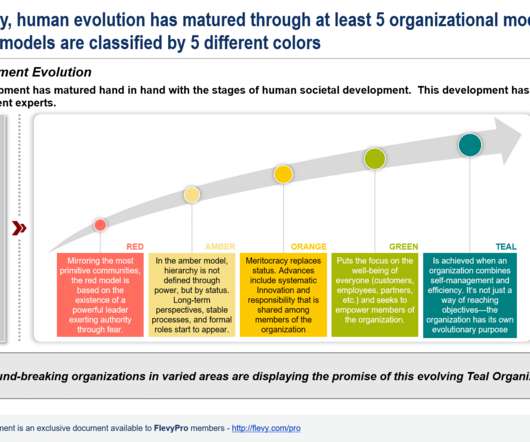
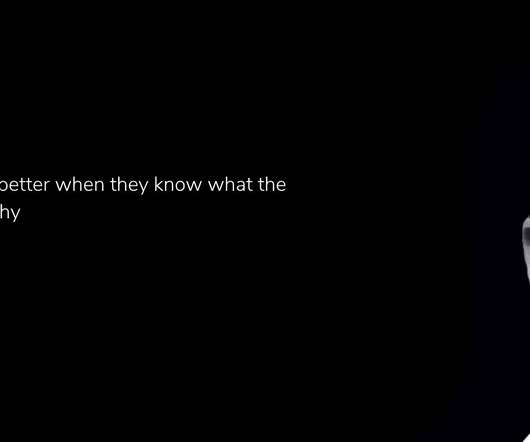
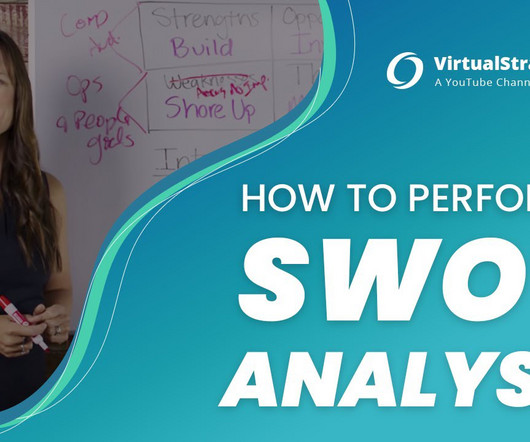


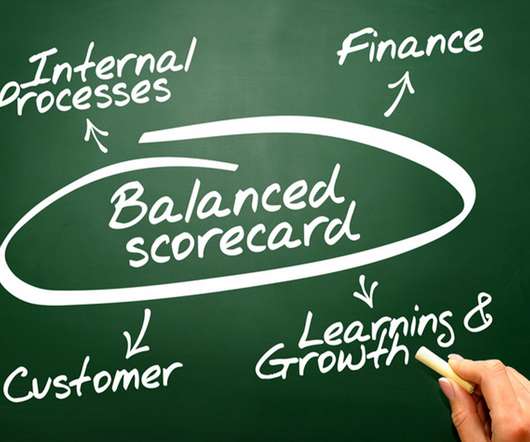








Let's personalize your content